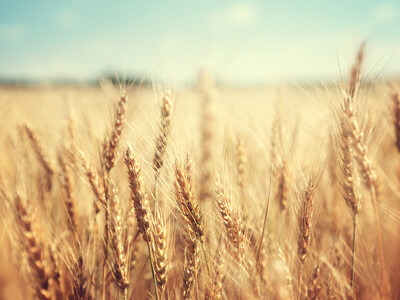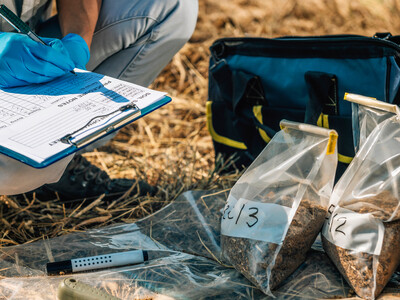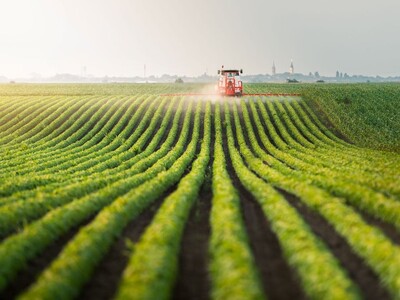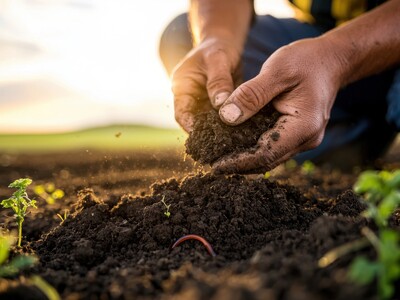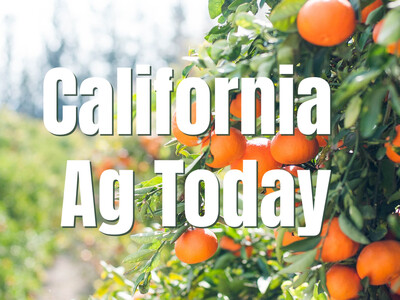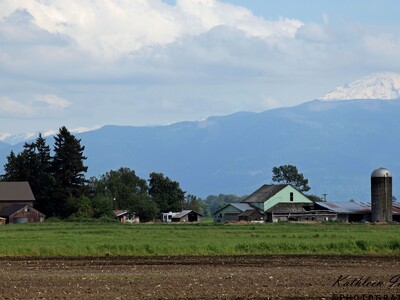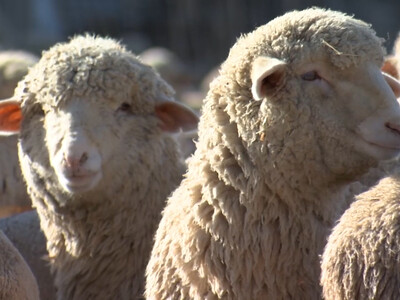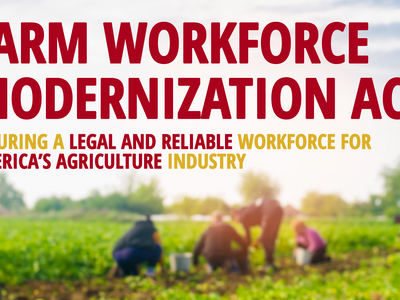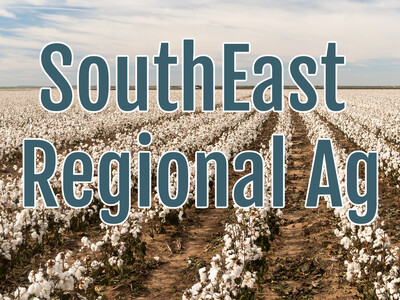Pulse Crops
A discussion with the CEO of Columbia Grain International regarding pulse crops. CEO of Columbia Grain International. Jeff Van Pevenage explained and extolled the virtues of pulse crops.Pulse crops are crops of dried peas, lentils, chickpeas, dried beans. Those are what fit into the category of pulse crops. Legumes . They are a good cover crop, are an excellent rotation for farmers, and that's really what got farmers planting them. Wheat farmers who were doing wheat and then fallow. If you put a pulse crop into your rotation, that fixates nitrogen into your soil. So it helps make your business a more sustainable business from a farming aspect. And it's also a broad leaf. So it allows you to have better control over grassy weeds. And when you put it into this rotation of, say, a wheat an oilseed and a pulse crop, it just makes for better farming. And you tend to find that yields on all your crops are better.
And Jeff, in terms of nutritional value, we can't forget the fact that pulse crops have a lot of protein. Is that not correct? Absolutely. It's one of the cheapest sources of protein and best sources of protein for both people and for pets.
Pet foods are a huge market for Columbia Grain International.




